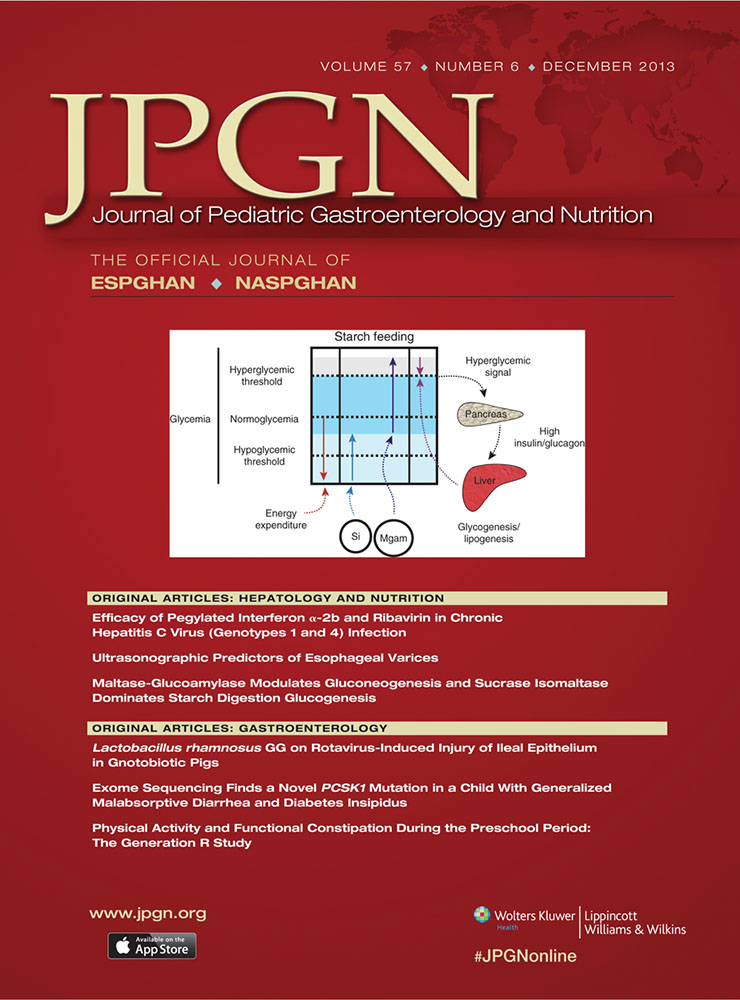Enteric Neural Disruption in Necrotizing Enterocolitis Occurs in Association With Myenteric Glial Cell CCL20 Expression
This work was supported in part by an unrestricted grant from the Eulie Peto Research Legacy to S.H.M. S.H.M. has taken part in advisory panels for, or given lectures sponsored by, manufacturers of hypoallergenic formulae (Mead Johnson and Nutricia). The other authors report no conflicts of interest.
ABSTRACT
Objective:
The aetiology of necrotising enterocolitis (NEC) is unknown, but luminal factors and epithelial leakiness appear critical triggers of an inflammatory cascade. A separate finding has been suggested in mouse models, in which disruption of glial cells in the myenteric plexus induced a severe NEC-like lesion. We have thus looked for evidence of neuroglial abnormality in NEC.
Methods:
We studied full-thickness resected specimens from 20 preterm infants with acute NEC and from 13 control infants undergoing resection for other indications. Immunohistochemical analysis was performed for immunological (CD3, syndecan-1, human leucocyte antigen-DR), neural (glial fibrillary acidic protein [GFAP], nerve growth factor receptor, neurofilament protein, neuron-specific enolase), and functional markers (Ki67), and for potential inflammatory regulators (interleukin-12, transforming growth factor-β, CCL20, CCR6).
Results:
Expression of the chemokine CCL20 and its receptor CCR6 was significantly upregulated in myenteric plexus in NEC, with CCL20 strongly expressed by glial cells. In 9 of 20 cases with NEC, myenteric plexus architecture and GFAP+ glial cells were normal, with preserved submucosal and mucosal innervation; however, 11 cases showed disrupted myenteric plexus architecture, reduced GFAP expression, and loss of submucosal and mucosal innervation. Persistent abnormalities were identified in the 2 infants who had ongoing inflammation at ileostomy closure.
Conclusions:
Our findings identified heterogeneity among patients with NEC. Approximately half showed evidence of marked neural abnormality extending from the deeper layers of the intestine, associated with glial activation and myenteric plexus disruption. The factors that may activate enteric glia in this manner, potentially including bacterial products or viruses, remain to be determined.




